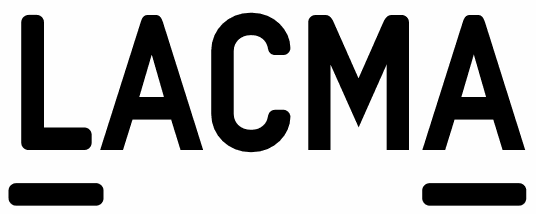Miya Ando in Atmosphere in Japanese Painting: Los Angeles County Museum of Art, Los Angeles, CA
In the Japanese language, there are about 50 words for rain, but also an equivalent surfeit of terms for snow, mist, and fog. In winter, Japan’s weather is dominated by a cold air mass from Siberia, which transfers moisture from the ocean, bringing heavy snow to the Japan Alps and lighter snow elsewhere. Summer brings tropical rain and humidity from the southeast over all the islands of Japan except Hokkaido in the north. The result is that atmosphere is often associated with water, whether heat with heavy humidity, mist, rain, snow, or torrents of water as rivers, which provide a respite from stifling temperatures in summer.
Relatively simple painting tools are available to the Japanese artist—paper (washi), ink (sumi), water-based or mineral pigments, which, in formal situations, are applied to silk. Only the most skilled artists can convey the rush of water, rising mist or humidity, the chill of a frosty winter evening, and snow laced decoratively through an environment.
Atmosphere in Japanese Painting, presenting a span of techniques for evoking atmosphere, features the artist Ikezaki Yoshio (Japan, active United States, born 1953), who makes his own paper and sumi, which he applies with his ki (氣), energy, to reveal the natural forces within the elements of water and air impelled by the flow of ki. An entire level of the East Wing in the Pavilion for Japanese Art will be devoted to his work. Three new acquisitions are also featured—a pair of screens by Yamaato Kakurei (active late 18th–early 19th century) purchased by the 2017 Collectors Committee and showing waves crashing against rocks, Falling Green by Senju Hiroshi (Japan, active United States, born 1958), and Cloud 6 (Kumo) by Miya Ando (United States, born 1978).


